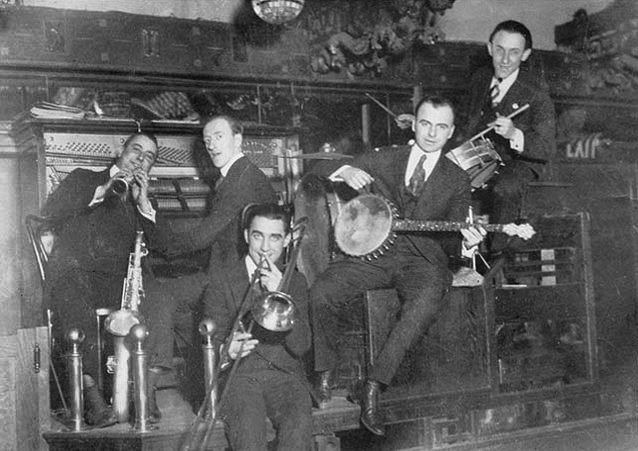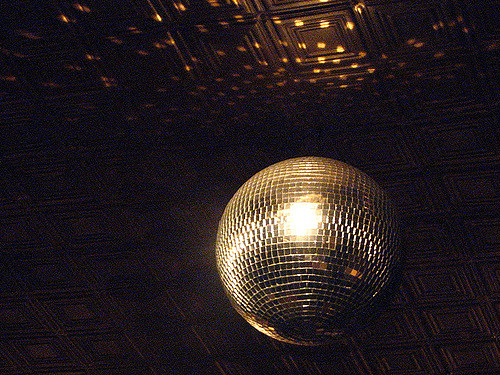Disco balls are mainly associated to their heyday in the 1970’s, but it turns out that they have been around long before the disco era.
One of the earliest accounts of disco ball used in a ballroom points out to the year 1897, in the city of Boston. However, they became a fad throughout the 1920’s.
The first patent for a product that was to be an early version of the modern disco ball was issued in 1917 by Louis Bernard Woeste. It was called the “Myriad Reflector”. Even though Woeste patented this product, it didn’t mean that he had invented with it. He was simply the first person to take a step and proclaim an official patent.

His plan was to make a business out of it. Woeste had pushed advertising about the “Myriad Reflector”, and one bulletin reads: “The newest novelty is one that will change a hall into a brilliant fairyland of flashing, changing, living colors – a place of a million-colored sparks, darting and dancing, chasing one another into every nook and corner – filling the hall with dancing fireflies of a thousand hues.”
Louis company was known as Stephens & Woeste, and their business plan started to develop quite well. Disco balls were frequently purchased for ballrooms, jazz clubs, and dance halls. The balls were sometimes referred to as mirror balls, or glitter balls and people started to like them because of the special “dizzy” effect which was noted as a “novel lighting effect”. Though Woeste’s company kept on pushing the product, the “Myriad Reflector” eventually faded out.
An early appearance of the disco ball can also be seen in a nightclub sequence of a German silent film released in 1927 and entitled as Berlin: Die Sinfonie der Großstadt. The film was directed by Walter Ruttman and is an example of a city symphony film genre. As such, the film portrayed the life of a city, mostly through visual impressions in a semi-documentary style. This is probably the very first video record of a disco ball before it became a hit.

After the 1920’s, the disco balls started to become rarer. Their return on the dancefloor occurred in the late 1960’s while their prime was, of course, during the 1970’s and 1980’s.
A Louisville, Kentucky Company, known at the moment as Omega National Products, has claimed a production of 90 percent of all the disco balls used in the United States during the disco era.
Now you’re ready to play Bee Gees’ You Should Be Dancing and hit the dancefloor!
